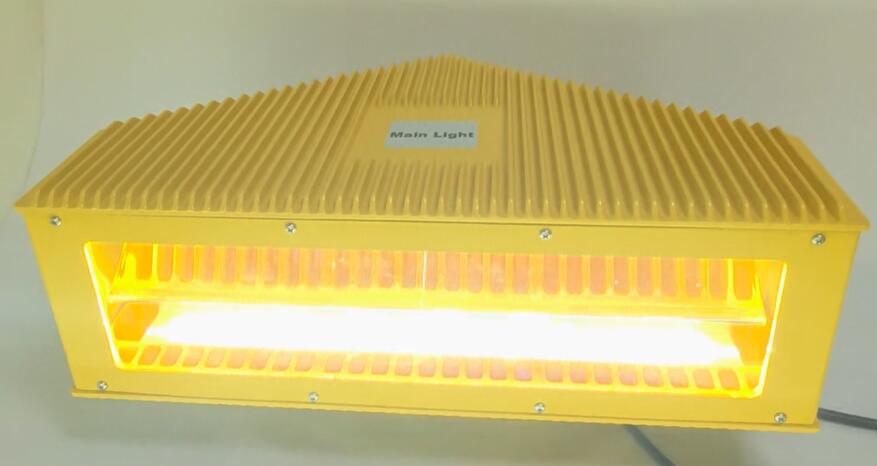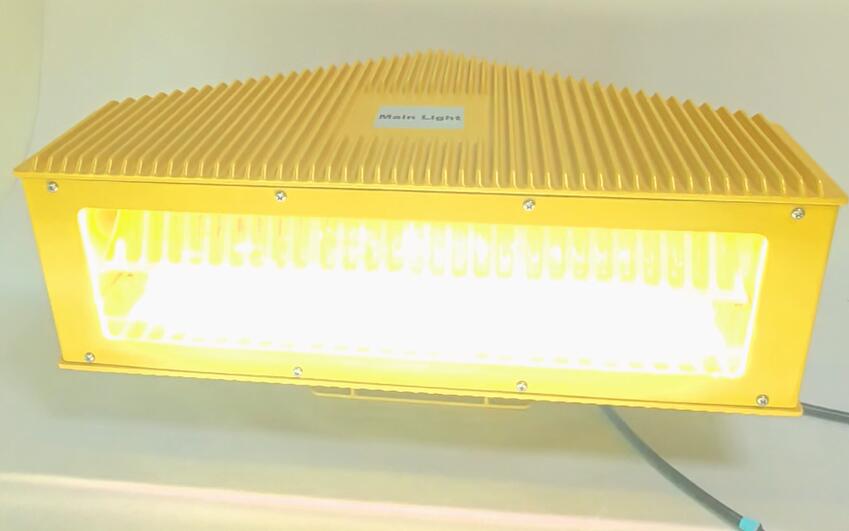
Aircraft warning light plays a crucial role in aviation safety. These lights are not just simple indicators; they are an essential part of the complex system that keeps airspace safe for both commercial and private flights.

The primary purpose of aircraft warning lights is to make aircraft visible to other aircraft and to people on the ground, especially during low-light conditions or at night. They serve as a clear visual cue that alerts others of the presence of an aircraft in the area.

There are different types of aircraft warning lights, each designed for specific purposes. The most common ones are the red flashing lights located on the wingtips and the tail of the aircraft. These lights are highly visible from a distance and help to indicate the aircraft's orientation and movement.
Aircraft Warning Light
810
864
856
Another important type is the anti-collision light, which is often a bright white strobe light. This light is particularly useful in enhancing the visibility of the aircraft and helps prevent potential mid-air collisions.
Aircraft warning lights are subject to strict regulations and standards to ensure their effectiveness and reliability. They must be bright enough to be seen from a significant distance and have a specific flash pattern and frequency.
For example, in some cases, the lights must be visible from up to several miles away to give adequate warning to other aircraft. This is crucial in busy airspace where multiple aircraft may be operating simultaneously.
Maintenance of aircraft warning light is also of paramount importance. Regular checks and servicing are necessary to ensure that the lights are functioning properly at all times. Any malfunction or failure of these lights could pose a serious safety risk.
Aircraft warning lights are a small but vital component of the aviation industry. Their proper functioning is essential for the safety of air travel and helps to prevent accidents and ensure the smooth operation of our skies.